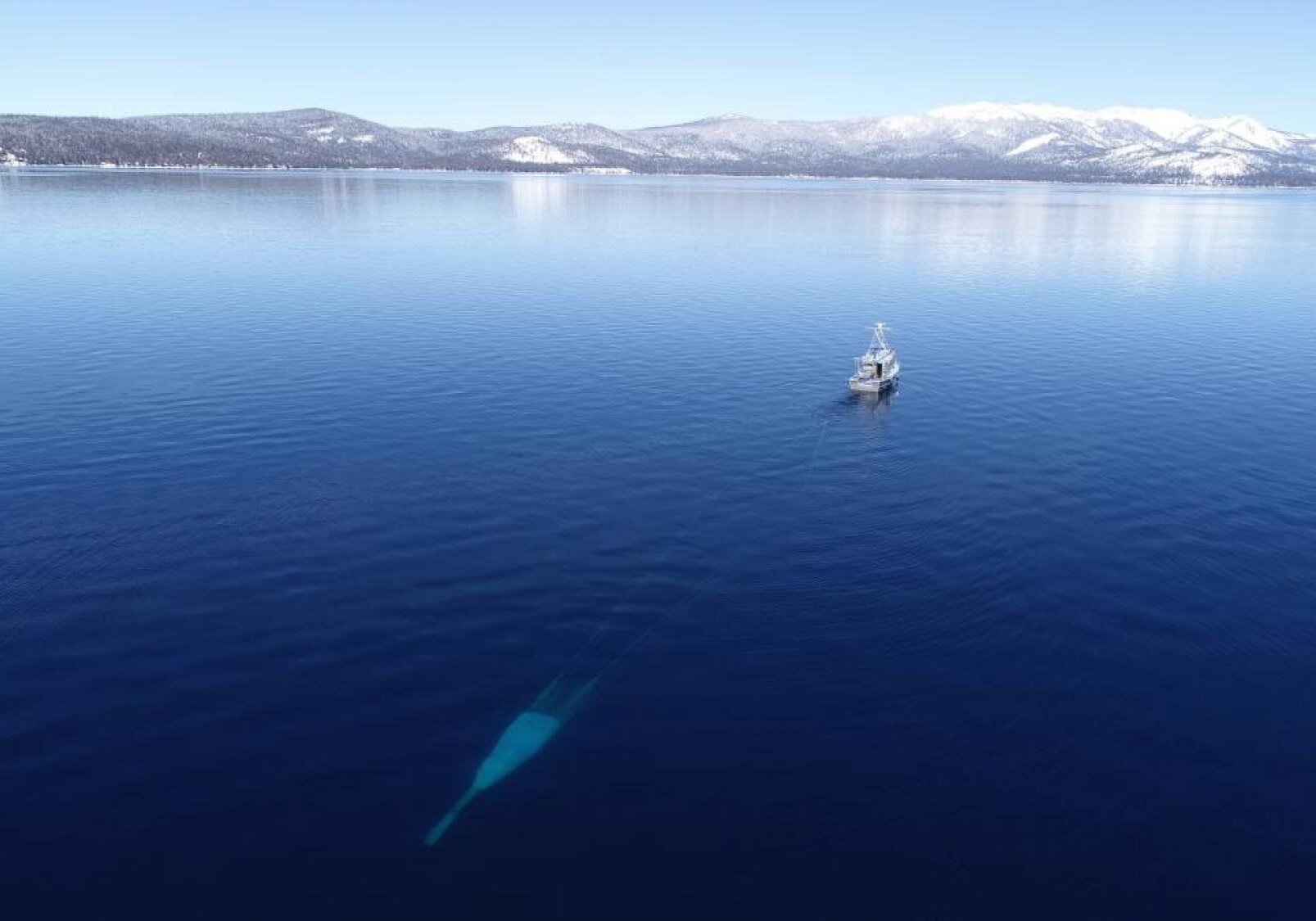
Ecosystem restoration could be the key to a healthier, more resilient Lake Tahoe.
Invasive Mysis shrimp were introduced in the 1960’s…
A healthy Tahoe food web.
Before Mysis
Before 1960, Tahoe was a pristine lake filled with nature’s amazing self-filtering mechanism: the Daphnia zooplankton. These tiny filter feeders remove algae cells and fine sediment from water, while also providing an abundant source of food for native fish species.
A disrupted Tahoe food web.
After Mysis
Mysis were introduced in a failed attempt to improve the recreational fishery. Since then, the Mysis population has exploded. They selectively feed on Daphnia, and have nearly wiped them out. The result is less food for native fish populations and declining water clarity.
Hope for the Lake
Scientists at the University of California Tahoe Environmental Research Center found that when Mysis populations dwindled in Emerald Bay, Daphnia returned and water clarity improved by over 25 feet! Could Mysis reduction and the return of Daphnia be the key to restoring Lake Tahoe?
Scientists at UC Davis, UN Reno, and
UC Santa Barbara have teamed up!
Scientists have teamed up to propose a 30-month research plan that could pave the way for ecosystem restoration.
A dynamic ecosystem model
Zooplankton population monitoring
Fish population and gut monitoring
Water clarity measurements
By-catch and Mysis removal efficacy assessments
Pilot Mysis reduction & field study on Emerald Bay




